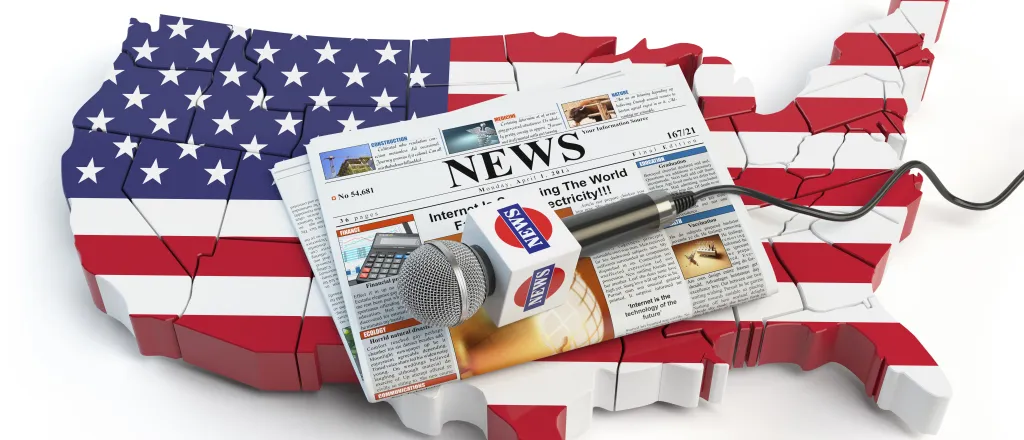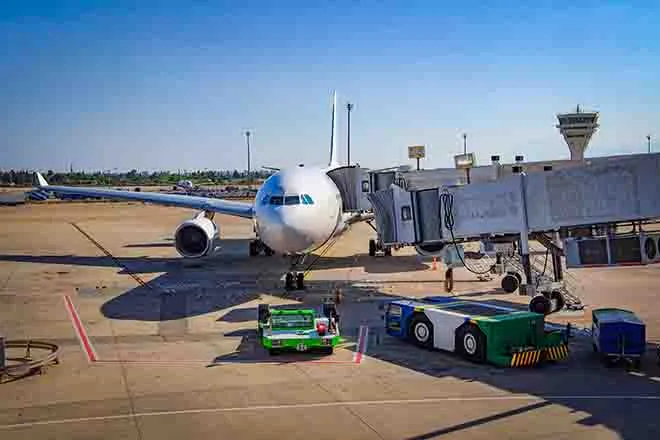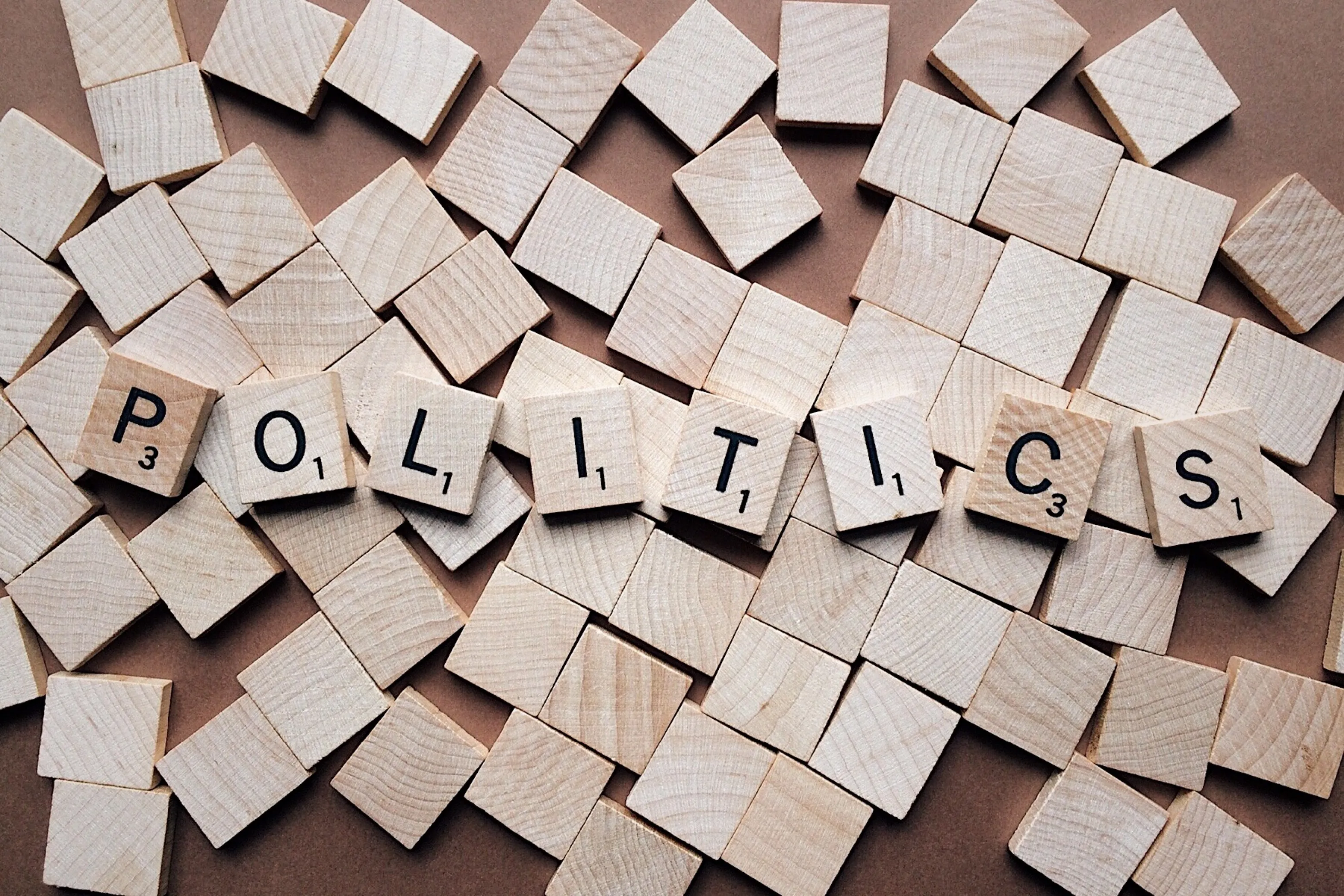
Daily Audio Newscast - September 27, 2024
News from around the nation.
Hurricane Helene strengthens into a Category 4 storm, bringing warnings of heavy rain and dangerous winds to southeastern U.S., while New York City Mayor Eric Adams faces wire fraud and bribery charges, Indiana emerges as a clean energy leader, and Kentucky kinship families report needing more support.
Transcript
The Public News Service Daily Newscast, Friday, September 27th, 2024.
I'm Farah Siddiqui.
Hurricane Helene strengthened into a Category 4 storm as it reached Florida's northwest coast.
Forecasters are warning residents across the southeastern U.S., including Georgia and Tennessee, to brace for heavy rainfall and dangerous winds.
And now to New Yorkers who are reeling from the news that New York City Mayor Eric Adams has been charged with wire fraud, bribery, and campaign finance offenses.
Our Edwin J. Vieira has the story.
The charges center around whether Adams received illegal foreign donations for his mayoral campaign from the Turkish government, as well as personal perks like luxury travel and lodging.
Daniel Coates with Make the Road New York feels the investigation corroborates mismanagement claims during Adams' time in office, citing what he sees as the mayor's scapegoating of migrants.
The mayor has used multiple times the cost the city has incurred supporting and receiving new migrants into the city as a reason to make cuts, and then throughout the budget process ended up reversing those cuts.
If Adams is out, Jumaane Williams, the city's public advocate, would become the acting mayor.
Williams would then have three days to set up a special election for his replacement.
Indiana is positioning itself as a national leader in clean energy, driving economic growth through innovative projects and significant investments.
Joe Ulery reports.
Economic development officials say Indiana's heavy industry and manufacturing capabilities make it a natural partner for emerging technologies like carbon capture, hydrogen, and solar power.
Andrea Richter-Gerry with the Indiana Economic Development Corporation says clean energy is transforming the state's economy and creating new opportunities.
A great example of that would be Heidelberg Materials down in Mitchell, Indiana, receiving a huge Department of Energy grant to be able to push forward a carbon capture project that will lead to low-carbon cement.
Some opponents argue the best approach is to hold back on renewables, arguing technology will get better and be less disruptive to landscapes.
September has been National Kinship Care Month, and more than 80 percent of Kentucky kinship families say they need help with groceries, followed by clothing, school supplies, and other basic needs, this according to a new report.
Due to budget constraints, the state placed a moratorium on its kinship care program that previously allotted monthly payments of $300 per child to kinship caregivers, stepping in as an alternative to foster care.
Shannon Moody with Kentucky Youth Advocates says a growing number of these families are navigating an often confusing child welfare system.
About 55,000 children being cared for by relatives or close family friends in some sort of kinship care setting.
Child care and mental health care were also listed as top priorities in the survey by Kentucky Youth Advocates and the Kinship Families Coalition.
Resources for kinship families in the state are online at kinshipky.org.
Nadia Ramlagon reporting.
This is Public News Service.
In the Keystone State and nationwide, educators are voicing concerns that politics are demoralizing current teachers and discouraging others from entering the profession at a time when more are needed.
Danielle Smith reports.
They cite political rhetoric from GOP vice presidential nominee J.D.
Vance criticizing people without their own children being teachers and school shootings as reasons the country's teacher shortage might get worse.
Maggie Myers' attack teaches high school history in Philadelphia.
We're getting a lot of negativity from a lot of different places.
We're seeing politicians and leaders in the news talk poorly about us.
We're seeing families and parents, unfortunately, who have kind of been turned against us and what we're trying to do in our schools.
Pennsylvania has over 109,000 teachers in public schools or roughly one teacher for every 14 students.
That's better than the national average of one teacher for every 16 students.
Minnesota has 120 hospitals designated for treating stroke patients, but health leaders say more work is needed to reach underserved populations.
The American Heart Association and the state health department announced the new funding this week.
Officials say the grant has a pair of key components.
One is a public awareness campaign to provide multilingual and culturally relevant messaging on the signs of a stroke and preventative care.
University of Minnesota neurologist Dr.
Haitham Hussain says this will be crucial because his research has shown some eye-opening disparities.
In arrival to the hospital, non-white individuals arrived about eight hours later to the hospital when they had stroke compared to white individuals.
He says that means limited English-speaking patients aren't getting the necessary medication in quick enough fashion.
Another priority of the grant is to implement care standards across the state for people recovering from a stroke.
I'm Mike Moen.
Despite recent improvements in Black unemployment rates, a new report reveals Black Americans continue to face significant disparities in the labor market, and Virginians are no exception.
Tramell Gomes reports.
A new report estimates in Virginia alone, Black men need about 16,000 more jobs to reach parity with white men in the workforce.
In 2022, Black unemployment fell to 5.5 percent, the lowest rate in over 50 years.
But Algernon Austin, with the Center for Economic and Policy Research, says this positive statistic obscures deeper issues.
Black America still needs about 1.4 million more people working to have the same employment rate as white America.
So we still have a significant need for jobs.
For Black Americans who are employed, Austin says the data shows significant wage disparities, and the employment gap is costing them about $60 billion a year.
This is Farah Siddiqui for Public News Service, member and listener supported, heard on interesting radio stations, your favorite podcast platform, and you can find our trust indicators at publicnewsservice.org.

















